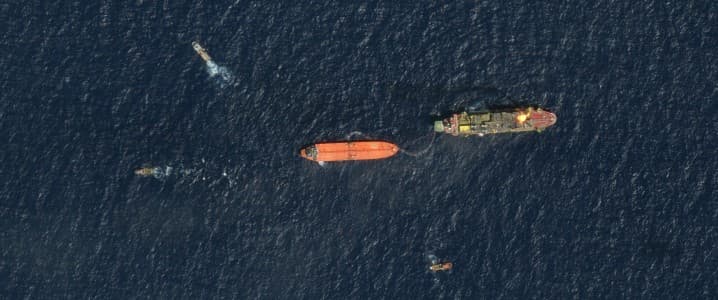Libya expects to open all its oil loading terminals after it sets up a mechanism for a fair distribution of the country’s oil revenues among the regions, Parliament Speaker Aqila Saleh told U.S. ambassador and Special Envoy to Libya, Richard Norland, Benghazi-based news outlet The Libya Update reported on Monday.
Libyan oilfields and terminals have again been under blockade in recent weeks amid protests, clashes, and disputes over the distribution of oil revenues in the country with two rival governments, with incumbent Prime Minister Abdul Hamid Dbeibah refusing to step down for newly sworn-in eastern Prime Minister Fathi Bashaga.
Referring to the shutdowns in April, the U.S. Embassy in Libya said in a statement two weeks ago that “The damage the shutdown is causing to oil infrastructure will cost Libya additional millions, risks an environmental disaster, and could impact the country’s ability to utilize this infrastructure in the future to reach its full production potential.”
“The United States reminds Libyan leaders of the multiple UNSCRs that protect the National Oil Corporation and reaffirms our commitment to work with Libyan leaders on a mechanism that will give the Libyan people confidence that the country’s revenues are being distributed for the benefit of the Libyan people,” the U.S. Embassy said.
Libya’s House of Representatives plans to discuss the new budget at its next session, Speaker Saleh told Norland during a meeting in Cairo on Sunday.
Last week, Libya’s National Oil Corporation (NOC) said that the Zueitina oil terminal had temporarily resumed work in order to load two tankers and allow for enough space to store the displaced volume of the crude oil.
Instructions were given to the port operator to start shipping crude to nearby tankers, NOC said, announcing a temporary lifting of the force majeure from the Zueitina oil terminal, “with the hope that the crisis will be sorted out soon,” the corporation said.
In April, Libya loaded just 819,000 barrels per day (bpd) of crude from its ports, down from nearly 1 million in March and the lowest volume since October 2020, per tanker-tracking data that Bloomberg is monitoring.
By Charles Kennedy for Oilprice.com May 09, 2022, 1:00 PM CDT




